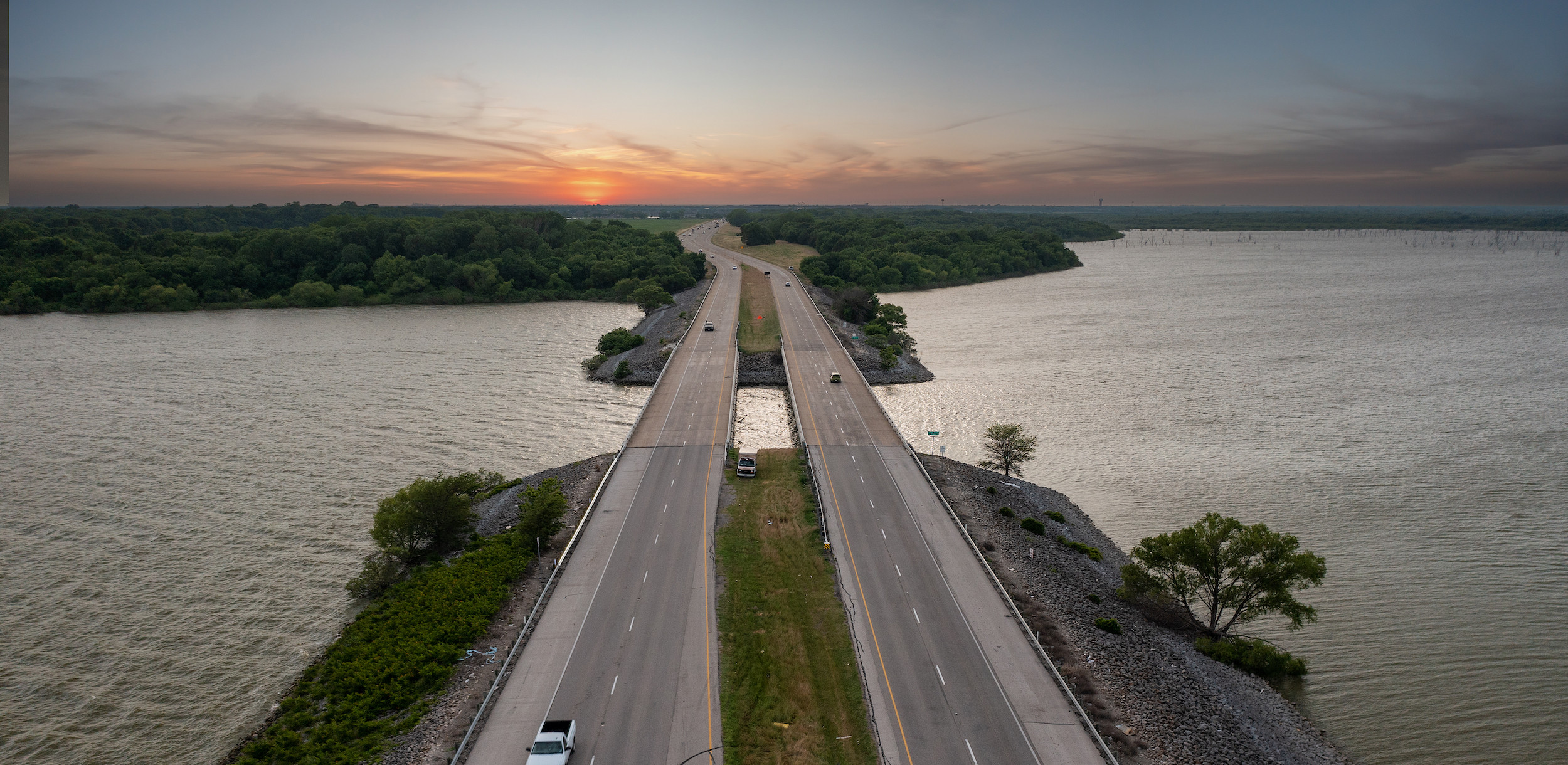Located between the cities of McKinney and Greenville on US Highway 380, Princeton offers quick and easy access to the heart of the DFW Metroplex.
Princeton provides access to other major roadways, including Highway 5, Highway 121, and US 75. A major north-south highway, US 75, merges with I-45 in Dallas and runs directly to the Texas Gulf Coast in Galveston, as well as northward to the US-Canada border.
US 380 is a major east-west highway that begins in Greenville and travels through the West Texas/Panhandle region and into New Mexico. Due to population growth and heavy traffic, the highway is undergoing improvements, including the expansion of six lanes from the Collin County line to the US 380/377 split.
The proposed US 380 bypass will reroute through-traffic north of Princeton, reducing congestion and improving safety in the City center. It will open up new corridors for commercial and residential development, thereby boosting the long-term economic potential. As a key regional connector, the bypass strengthens Princeton’s role in the future mobility and growth of Collin County.
Travel Worldwide By Air
Located about an hour southwest of Princeton, the DFW International Airport is easily accessible via Highway 121 and offers 193 domestic and 67 international non-stop destinations worldwide. The airport is also an ideal cargo gateway, with 22 cargo airlines offering worldwide freighter services. It is one of the world's most frequently visited superhub airports.
Located less than an hour southwest of Princeton, Dallas Love Field offers flights to both domestic and international destinations. It is the 31st busiest airport in the United States and the headquarters for Southwest Airlines.
The McKinney National Airport in Collin County is undergoing a $72–79 million expansion that includes a new 46,000‑square‑foot passenger terminal featuring three to four gates (expandable to six), a 980–1,500 space parking lot, a roundabout on FM 546, a new taxiway, and refueling and de-icing infrastructure. The facility is expected to commence commercial airline operations by late 2026, initially serving approximately 200,000 passengers per year and potentially scaling to over one million passengers annually. Once complete, the airport’s economic impact is projected to rise from roughly $300 million to over $700 million annually, generating hundreds of jobs and enhancing regional mobility by providing residents and businesses with a local alternative to DFW and Love Field.
